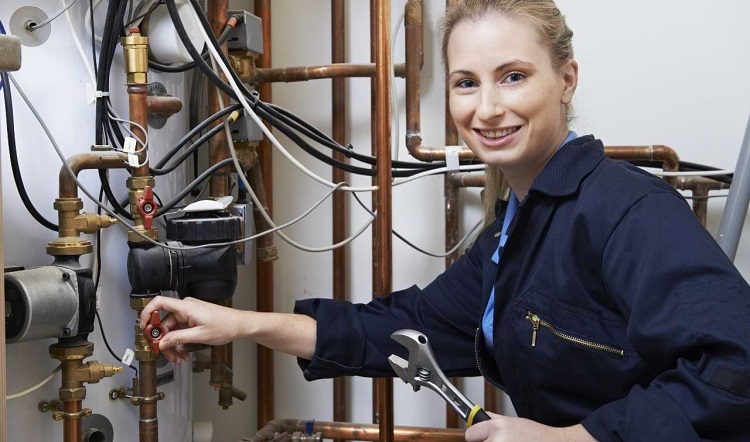The plumbing industry continues to flourish throughout the United States. Some readers may expect this, as plumbing services are an unavoidable requirement for homes and businesses. Still, plumbing is growing phenomenally relative to parallel industries, such as HVAC and electrical. Let’s explore the top five reasons for this impressive success.
Table of Contents
1. Heightened Consumer Demand
The demand for residential and commercial plumbing continues to grow. This is true among piping, fittings, bathroom and kitchen fixtures, new products, remodeling, and so forth. The Business Research Company estimates that the compound annual growth rate is nearly 8%.
There are several factors for this that are outside the industry’s control. That includes a suppressed housing market, growth among home improvement retailers, and the aging out rate of existing plumbing systems. Still, it’s important to recognize how successfully the plumbing industry has met this demand through service and product innovation. If the industry weren’t meeting the new demand, it wouldn’t flourish as nearly as well as it has.
2. Market Growth
One way that the plumbing industry has contributed to market growth is better product availability. Consumers are buying through these locations for DIY but even in advance of professional installations. Local plumbing companies are sourcing many of their products through local retailers as well. The contractors on the ground have done a better job with consumers as well. Many now have websites that facilitate consumer research and make scheduling services much easier.
3. Product Innovation
The plumbing industry has also done an excellent job appealing to customers. Major manufacturers offer broad product portfolios that cater to modern, traditional, and niche tastes. The industry has been nimble in adjusting to increased consumer appetite for eco-friendly and money-saving options. Among water heaters, that includes on-demand systems, condensing fuel-burning models, and electric heat pump units. The industry often meets the WaterSense standards as set by the U.S. Environmental Protection Agency. High-efficiency toilets that use 1.28 gallons per flush or less are selling at an all-time rate. Many consumers are also opting for low-flow showerheads, faucet aerators, touchless faucets, and so on.
4. Navigating Regulatory Changes
Plumbing codes continue to evolve at a fast rate for both residential and commercial buildings. The industry’s trade associations are often involved in these changes. That provides manufacturers and service providers advanced notice. Many brands have also been successful in marketing innovations to consumers in advance of new codes going into effect.
5. Smart and Connected Solutions
Smart connectivity is among the hottest trends in home improvement, and the plumbing industry has been aggressive on this front. There were many water heaters with smart features on the market long before there was substantial consumer demand. That kind of foresight has allowed consumer plumbing markets to expand quickly without traditional growing pains. On the service end, companies have done well in educating their plumbers. That lets homeowners go directly through their plumbers for features like smart water meters.
While other industries will have years of growth and years of diminishing, the plumbing industry is one of the few industries that will always be needed by both homeowners and business owners.

